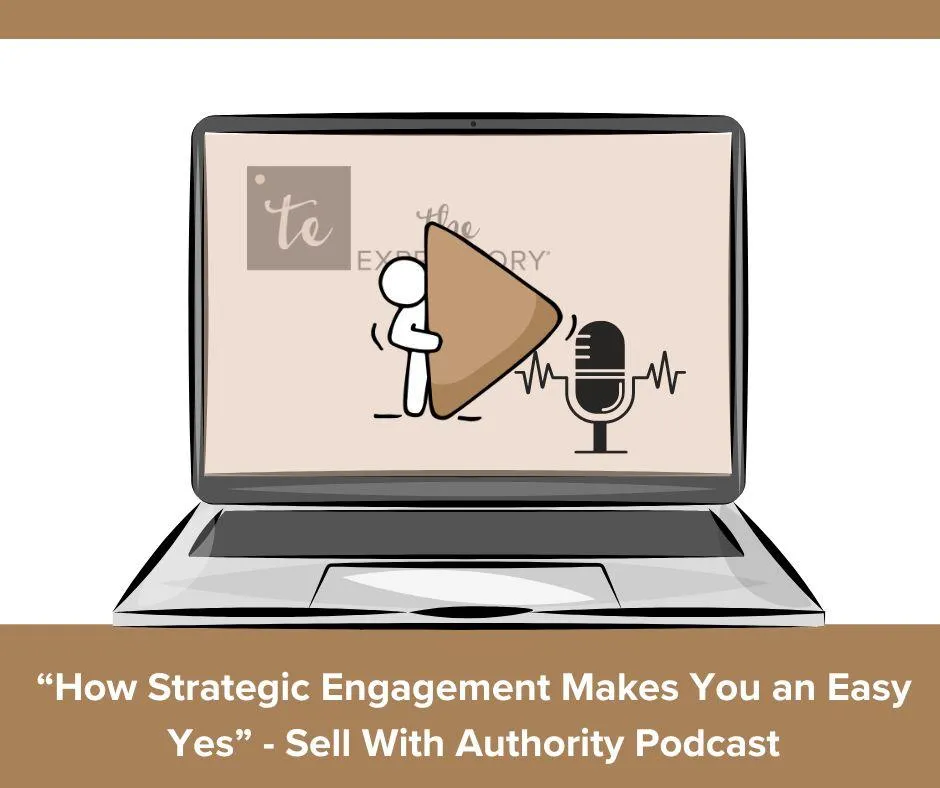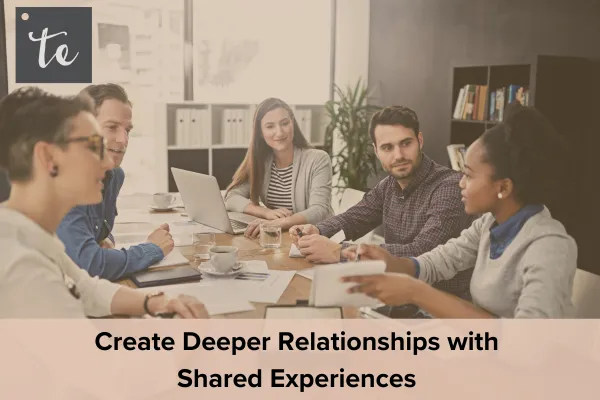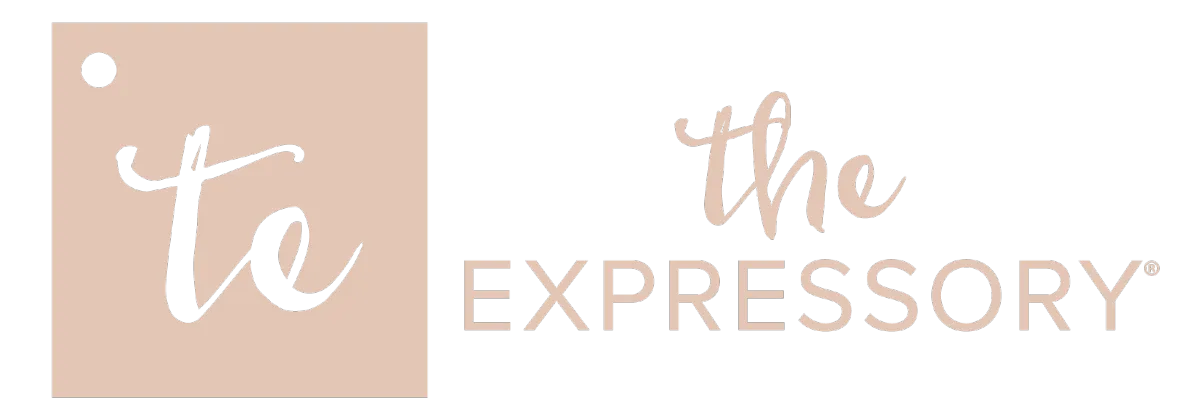This is part four of our six-part blog series exploring The Expressory’s Strategic Storylines™, our relationship-first approach to designing meaningful client engagement. So far, we’ve explored Relationship-Related moments, Transition Acknowledgements and Goal Celebrations.
Today, we’re diving into the power of Shared Experiences. Those moments when we say, “Yep, we lived through that together.” Whether the moment was filled with inspiration, hardship or hilarity, when you reflect on it together, it creates lasting relationships. That’s what turns a business contact into someone who thinks of you.
Let’s look at how this storyline builds strong emotional loyalty and how you can start using it to deepen relationships across your business.
The Psychology of “We’ve Been Through Something Together”
If you’ve ever found yourself chatting with a new acquaintance after an event, and then instantly bonding over how incredible the keynote speaker was. Or laughing with a former colleague about “that one Zoom call from 2020”, you’ve already felt the magic of shared experiences. Even something as simple as a meaningful podcast interview can spark a relationship when both people walk away thinking, “That was a great conversation.”
There’s actually psychology behind why tapping into Shared Experiences works to create lasting relationships. At The Expressory, our strategies are grounded in the research of social psychologist Harry T. Reis, who taught us that three key ingredients make relationships stick:
Felt Understanding – You see me. You get me.
Validation – You acknowledge what I care about.
Care – You show that I matter to you.
Shared experiences are like a triple shot of those three ingredients. They tell someone, “I remember what we went through,” or “I value what we’re about to experience together.” It’s a very human way to build trust and spark lasting emotional loyalty.
What Makes a Shared Experience Touchpoint?
These moments work exceptionally well as follow-ups to events or significant shared interactions. And they’re just as powerful when they tee up something exciting to come. To use this storyline effectively, ask yourself:
Does the gift or message reference something we experienced together?
Is it based on a moment we both found funny, meaningful or intense?
Does it look ahead to something we’re going to do or learn together?
Will the recipient feel the moment again when they see or read it?
If the answer is yes, you’re reinforcing a bond. You’re saying, “We experienced this together, and it mattered.”
Real-World Examples of Shared Experience Gifts in Action
This probably sounds like a great idea, but how do you get started? Let’s look at a few examples to get your creative juices flowing.
The Podcast Frame
Gift: A beautifully framed quote pulled from a guest’s own interview on the podcast.
Message:
“It was a pleasure connecting with you for an interview.” Thank you again for sharing your insights on my podcast. One of my favorite pieces of advice you shared during our conversation is inside, framed as a special keepsake. Cheers to ongoing collaboration and inspiring others.”
Why It Worked:
It honored the shared experience of the conversation itself, validated the guest’s wisdom and offered something personal they could proudly display. Every glance at that quote brings them back to the meaningful exchange and reminds them that you truly listened.
Pre-Event Boxes
Gift: A curated box including a business book, luxe leather journal, gourmet snacks and teas—all tied to an upcoming event.
Message:
“We’d be thrilled if you joined us for our next event on March 19th & 20th as our free guest. <event name> is a private client-only event (Zoom). You just get to be one of us. Our goal for March is to help you roar through the year by selling more of what you do. If that sounds helpful—just RSVP to this invitation by emailing me at <email>. We look forward to you joining us.”
Why It Worked:
Even before the event began, the recipient felt like they belonged. The thoughtful curation and warm invite created a shared experience in advance. It sets up a feeling of inclusion, anticipation and excitement. It gave them a reason to show up already engaged.
Post-Event Humor
Gift: Custom T-shirt with an inside joke from the event
Message: Presented during the next group meeting
Why It Worked:
During a Disney conference, a group of business owners stayed an extra day to explore the park and ended up stranded on a ride for 30 minutes. The bonding and the jokes were legendary. A few attendees surprised the group with shirts that read, “I survived being stranded on [ride name].” It was a physical token of shared humor.
Every time someone wears that shirt, they’re reminded of that hilarious, bonding moment. And it brings back the positive feelings about the people they shared those 30 minutes of laughing with. In some cases, it may even cause a person to text another to share that laugh all over again.
Speaker Plaque
Gift: Custom desk plaque featuring a unique animal from a speaker’s story
Message:
“Hi <Name>,
Every time you see this, I hope it reminds you of one simple truth: real leaders never blame the <animal>.
Thanks for letting me share that moment with you and for being the kind of leader who keeps showing up. Here’s to leading well, even when things get wild.”
Why It Worked:
This touchpoint transported the recipient back to the moment they felt inspired and energized by the speaker’s story. It is not a souvenir; it’s more of a spark to revisit the wisdom and emotion of that shared event.
Care Packages (Post-Shared Challenge)
Gift: Adult coloring book, a Warmie (stuffed heating pad) and assorted teas
Message:
“Sorry to hear you’re undergoing surgery. I remember my experience and how much it helped to have a heating pad and little comforts. I hope these bring some ease during your recovery. Thinking of you and wishing you well.”
Why It Worked:
This one hit home on so many levels. It’s about the shared vulnerability and the simple, human way of saying, “I’ve been there. I get it.” It fosters empathy, trust, and a lasting relationship.
All of these gifts memorialize a shared experience and create a talking point for the future. They help you foster genuine connection and cement it as a good memory for the others involved.
Why Shared Experiences Work (and Stick)
When someone relives a moment they experienced with you, especially a joyful, funny, meaningful or challenging one, it creates a neural and emotional shortcut to the relationship.
Here’s what this strategy taps into:
Bonding: A shared story builds emotional glue. It says, “We’re in this together.”
Trust: People trust others who understand them. Shared experiences validate that understanding.
Empathy: Recalling shared moments can deepen the feeling of “you get me.”
Relevance: You’re not just popping up out of nowhere. You’re referring to something meaningful.
Joy & Humor: Never underestimate the power of a good laugh. It’s memorable and shareable.
And yes, these gifts are often discussed. Shared experience gifts create stories your recipients tell over and over. And in doing so, they talk about you.
Take Action: 5 Questions to Reflect On
Ready to bring this strategy into your business? Here are five questions to ask yourself or your team:
What events or experiences have I recently shared with clients, partners or my team?
Can I identify any “moments” worth memorializing – funny, emotional, inspiring or vulnerable?
Is there an upcoming shared experience I can prep for, like an event or collaboration?
How can I use humor or nostalgia to build stronger bonds through gifting?
What kinds of gifts or messages would actually spark a memory of our time together?
The magic of Shared Experience touchpoints is that they don’t need to be grand. Sometimes the smallest shared moment can become the foundation for something much deeper.
When you recognize those moments and bring them back to life with thoughtfulness and care, you become someone they want to work with again and again.
Coming up next? DIY Gifting, why made by hand strengthens loyalty.
And as always, if you’d like help designing meaningful shared experience touchpoints for your own brand, we’re here. Click here to schedule a strategy call or click here to join a community Q&A.
FAQS
How to build a strong relationship with a client?
It starts with listening. Take time to understand their goals, challenges, and what matters most to them. From there, deliver on your promises and communicate clearly so they always feel informed and valued. Adding small, personal touches, like remembering milestones or celebrating wins, goes a long way in showing you see them as more than just a business transaction. Trust and reliability are the foundation.
How do you maintain strong relationships with multiple clients simultaneously?
Staying organized is key. Use systems to track conversations, deadlines, and personal details so each client feels like they’re getting your full attention. Schedule regular check-ins, even when there’s no pressing issue, to keep the connection alive. Balancing multiple clients comes down to consistency. So, showing each one that their partnership matters and they can count on you to show up for them.
How do you build strong customer relationships?
Strong customer relationships grow when people feel appreciated. That means offering great service, responding quickly, and treating every interaction as an opportunity to build trust. Beyond that, it’s about showing genuine care. Remembering birthdays, following up after a purchase, or sending a thoughtful thank-you note are simple ways to make customers feel seen and valued. When customers know you care about them as people, not just as buyers, loyalty naturally follows.





















